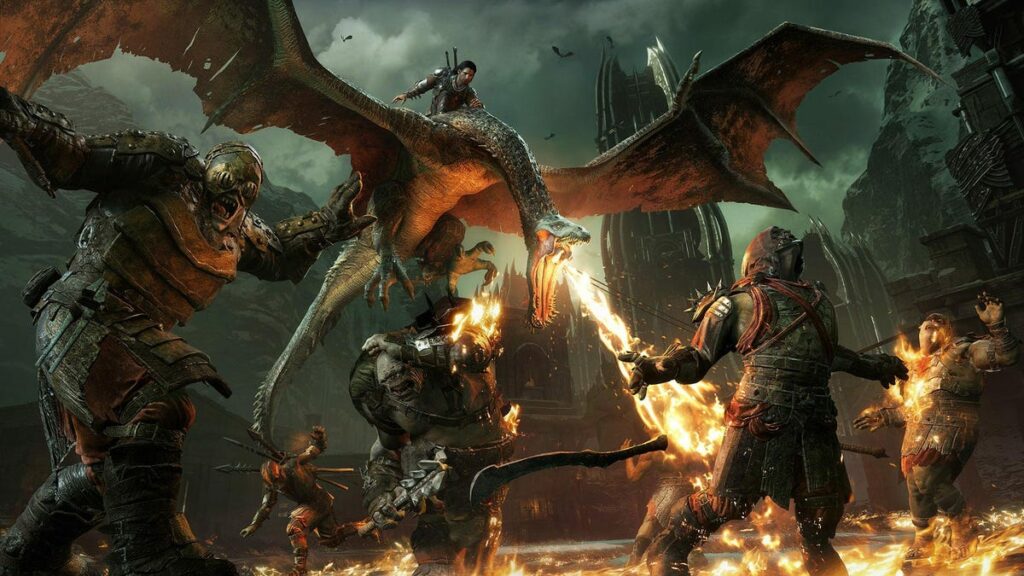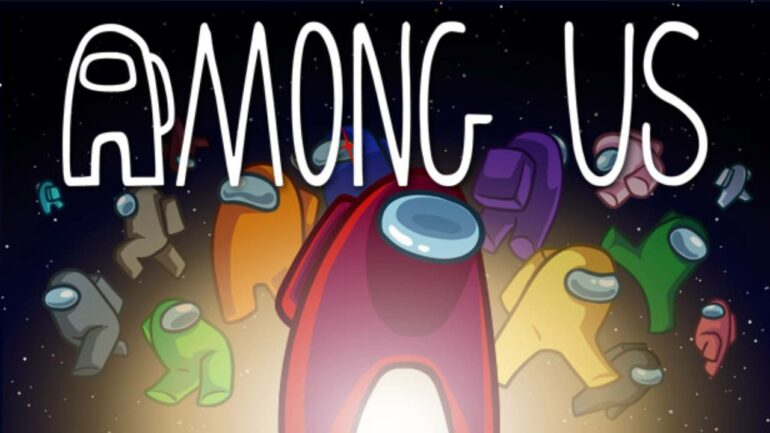One of the first and most important lessons that schools hammer into our brains is not to plagiarise other people’s work. Essentially, it means don’t copy what someone else has done and claim it as your own. However, Epic Games, one of the gaming industries biggest contemporary companies, has seemingly done just that. They are being accused of plagiarizing Innersloth’s Among Us in their newly unveiled Impostors mode for Fortnite.
The new Impostors mode allows up to 10 players in a match. Eight players become Agents of the Imagined Order and the other two become Impostors. Similar to the tasks in Among Us, Agents must complete various objectives, while Impostors need to blend in as much as possible. Agents win by completing all of their assignments or voting out all of the Imposters. Inversely, Imposters win by eliminating all of the Agents or by deceiving other Agents into voting them out.
If this sounds familiar, it’s because this is effectively a carbon copy of the Among Us concept. Of course, this isn’t the first famous franchise trying to bandwagon on Innersloth’s success. Call of Duty: Black Ops Cold War also ripped off Among Us’ imposter concept for its Double Agent mode. However, the latter didn’t go all the way by outright copying the Among Us map.
The Among Us Team’s Response
The Among Us developers have taken to social media to share their disappointment and frustrations with Epic’s blatant replication of their game. To put it simply, everyone is upset with the Impostors mode as they see it as highway robbery. This isn’t the first time Fortnite got into legal trouble either. Back in 2018, the creators of PUBG sued and then settled with Fortnite for allegedly copying Battle Royale. Since then, Apex Legends fans have also accused Fortnite of copying the popular EA game. Yet, this recent Among Us saga got a lot of attention thanks to a tweet by its community manager, Victoria Tran.
In an additional Tweet, Tran states that: “Like game mechanics fine, those shouldn’t be gatekept, but at the very least even different themes or terminology makes things more interesting?”. Innersloth Co-Founder, Marcus Bromander, echoed Tran’s feelings adding: “We didn’t patent the Among Us mechanics. I don’t think that leads to a healthy game industry. Is it really that hard to put 10% more effort into putting your own spin on it though?” Regardless of whether or not Fortnite puts its own spin on the concept, patents exist for a reason.
Intellectual Property
Our entire existence since the invention of the first stone tools has been about imitating success. In fact, the imposter concept itself in Among Us is a replication of the Werewolf party game. Of course, Impostors mode is more blatant with the plagiarism. Yet, the following points still stand: success is an incentive for imitation.
However, if every company created identical games, there would be no innovation. That’s where patents and intellectual property (IP) come in. IP refers to creations of the mind; designs, ideas, images, logos, etc. Patents are what formalises that ownership over novelty. The concept of novelty is very important here because a patent will only be granted if the invention is deemed unique enough to be considered new. This addresses Bromander’s point about not patenting the Among Us mechanics. Did Fortnite blatantly plagiarise the Among Us mechanics and more? Absolutely. Did Innersloth leave the door open to this by not applying for a patent? Without a question.
Why You Should Patent Game Mechanics
Game developers should use Innersloth’s mishap as a guide for what not to do with their novel game mechanics. Therefore, what should they do? Who should they follow? Can you even patent a game mechanic? In fact, yes, you can, and Warner Bros. paved the way by patenting the Nemesis system.
The Nemesis system was an innovative mechanic introduced in Middle Earth: Shadow of Mordor and improved in Middle Earth: Shadow of War. Briefly, the system used improvised scripts to create any number of narratives between the player and procedurally-generated AI NPCs. For example, an enemy NPC the player had previously fought will remember the player and mention them in their dialogue. This was unprecedented for an open-world game and WB applied for a patent, which was finally granted earlier this year after several failed attempts. WB showed it is possible to go down this route.

The patent encompasses “Nemesis characters, nemesis forts, social vendettas and followers in computer games.” This may appear as gatekeeping, but it hardly puts the Nemesis system under lock and key. Big developers like Epic will have no choice but to partner up with WB to use their system. As for indie developers, they could either try to get under the umbrella of WB or even better, create their own unique version inspired by the Nemesis system and make it big.
Should Indie Developers Patent Their Game?
According to Bromander, Innersloth had attempted to collaborate with Epic Games many times, although they never received a response. However, had they had the legal leverage in the form of a patent, Epic would have had no choice but to collaborate to make the Impostors mode. In Innersloth’s case, there’s little they can do to tackle Epic’s blatant plagiarism of their game. Epic is far more financially prepared to deal with lawsuits than Innersloth could ever be.
Realistically, it’s unlikely that this will be the last time a triple-A developer steals from an indie game. So, perhaps, Indie developers should be a little more cautious going forward. If Epic is prepared to set the precedent for stealing content, then Indie developers might want to consider protecting their intellectual property. Or, at the very least, be prepared to accept the consequences when they don’t.






